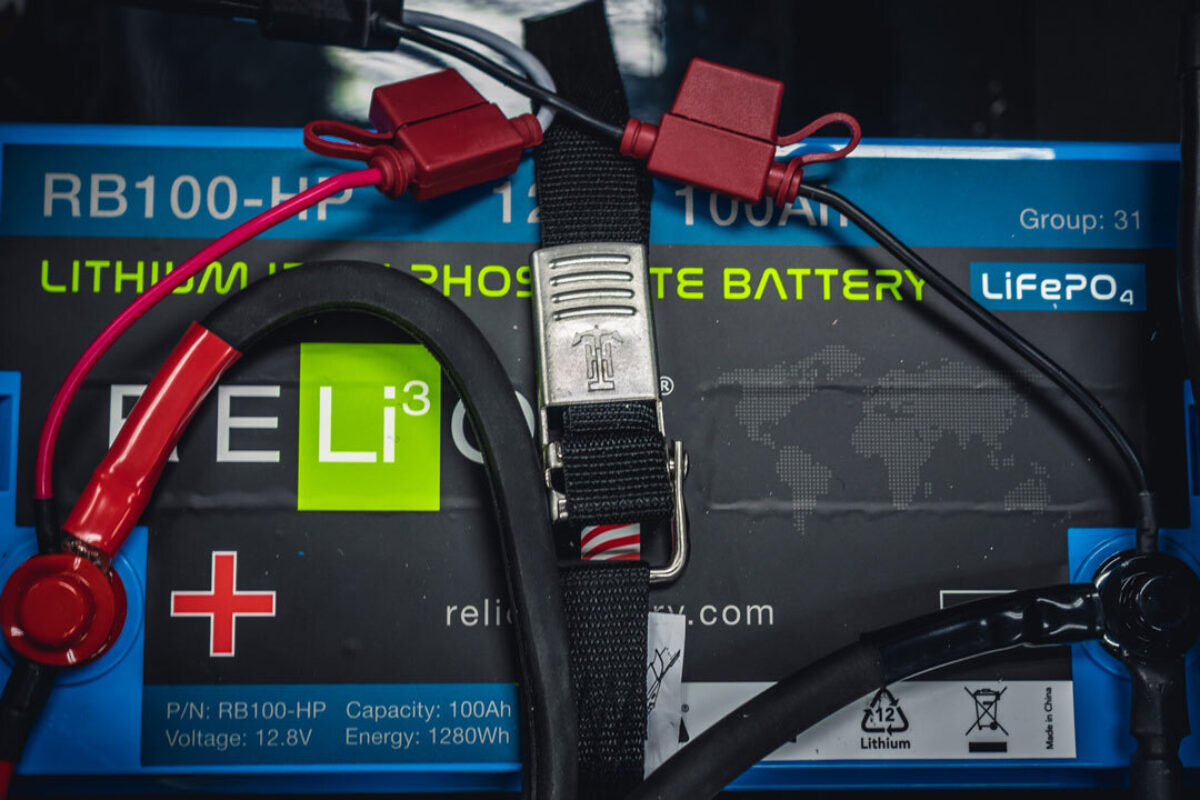Ever wonder what happens to a lithium battery at the end of its life? In this week’s blog post, we’ll cover the different paths lithium batteries take when they’ve reached the end of their effective lives.
Since the early 2000s, lithium-ion battery chemistries have risen in popularity. The power demands of emerging mobile technology drove the development of lightweight, energy-dense lithium batteries. Looking ahead, the projected demands for portable power through 2030 are astounding. By 2025, battery demand is expected to increase to 940-gigawatt hours (GWh) as lithium becomes more dominant in personal and commercial vehicles. Extending through 2030, demand is expected to increase to 2,300 GWh as lithium becomes more commercially viable in air, rail, and sea transportation applications. That much power is bound to create a lot of expended batteries, but where do they go?
What exactly is a gigawatt?
To put demand into perspective, we checked with the US Office of Energy Efficiency & Renewable Energy to see what a gigawatt compares to. A watt is a measure of power. A single small LED consumes about 1 watt. The average laptop computer consumes 15-30 watts. The average microwave consumes about 1,000 watts (1 kilowatt). So what is a gigawatt? It’s one BILLION watts! Here are some easy comparisons to visualize.
1 gigawatt equals about: 3.1 million solar panels (320 watts each)
- 1.3 million horses (746 watts = 1 horsepower)
- 2,000 Chevrolet Corvette’s (650 horsepower each)
- 412 utility-scale wind turbines (2.43 megawatts each)
- 1 Nuclear reactor (0.5-1 gigawatt each)
With global demand for energy from lithium in 2030 projected at 2,300 gigawatts, these comparisons are mind boggling to say the least. Considering most of the applications will be in personal and commercial transportation that have traditionally been powered by fossil fuels it’s important to note lithium will play a major role in reducing global carbon emissions. More importantly, we need to begin looking at where all that lithium will come from.
Lithium After Life Paths
There are three paths a lithium battery can take after it is damaged or needs to be replaced:
- Trashing Them
- Repurpose Them
- Recycle Them
Trashing Them
As of 2018, lithium batteries accounted for about 70% of the rechargeable battery market in the USA. However, lithium batteries are becoming a major problem for waste management companies. Although a lithium battery may fall below the voltage level necessary to power your device, it doesn’t mean it’s dead. The remaining charge presents a risk if the battery is damaged or short-circuited, as it would with any battery. Batteries are the cause for more than half of the fires in garbage trucks and landfills. Nationally, one waste management facility is burned to the ground each month by battery fires.
Although lithium batteries are helping reduce our reliance on carbon fuels, as good stewards for the environment it’s our responsibility to dispose of batteries properly. Please check your area for details but most e-waste collectors and a couple national retailers like Home Depot and Best Buy accept spent batteries of all kinds.

Repurpose Them
As lithium batteries became the primary source for portable power in the 21st century, an economically viable method to recycle them did not yet exist. In just the last few years, retired electric vehicle (EV) batteries have been refurbished for use in energy storage systems. For example, UK headquartered company Aceleron gives spent EV batteries a second life in locations that do not have access to a stable power grid. These off-grid places include villages in Kenya, Benin, Rwanda, and Libya. At $12 per kilowatt-hour, these repurposed batteries cost about half that of the lead-acid batteries they will replace and with a seven-year lifespan will last about twice as long. However, due to rapidly advancing recycling technology and increasing demand for raw lithium, repurposing is already beginning to decline.
Recycle Them
Batteries that aren’t repurposed or end up in a landfill can be recycled. Incumbent pyrometallurgical recycling methods (smelting) lithium batteries is dangerous and only results in about a 50% return of usable materials. This process creates significant amounts of solid waste, some of which include heavy metals. Manual dismantling of batteries also presents high voltage and thermal runaway safety risks for workers. However, as we mentioned earlier the massive demand for lithium batteries in the near future has driven the development of mechanical and hydrometallurgical recycling technology that will yield a 95% recovery rate of functional materials. Pioneered by battery recycler Li-Cycle the materials recovered include lithium and other battery-grade elements like cobalt, nickel, manganese, copper, aluminum, carbon, and iron. Not only does recycling keep spent batteries out of landfills it’s also about four times more efficient than mining primary lithium.
Ultimately, the afterlife of a lithium battery comes down to consumers making the responsible choice and disposing of properly. According to dosomething.org, the EPA estimates that 75% of the American waste stream is recyclable, but we only recycle about 30% of it. As good stewards for the environment and as our Limitless Blue initiative becomes the cornerstone of our organization, we encourage the responsible disposal of all batteries. If you cannot find an authorized disposal station please contact us and we’ll find a way to help.
About the Author:

Chi Woodruff is a Sr. Product Manager at RELiON Battery. Chi's experience includes product management in distribution and manufacturing industries along with a history of analysis, product launches, rebranding and life-cycle management in the battery industry. In his free time, Chi is an avid runner and pacer at many races in Southern California. Keep up with Chi on LinkedIn here.
